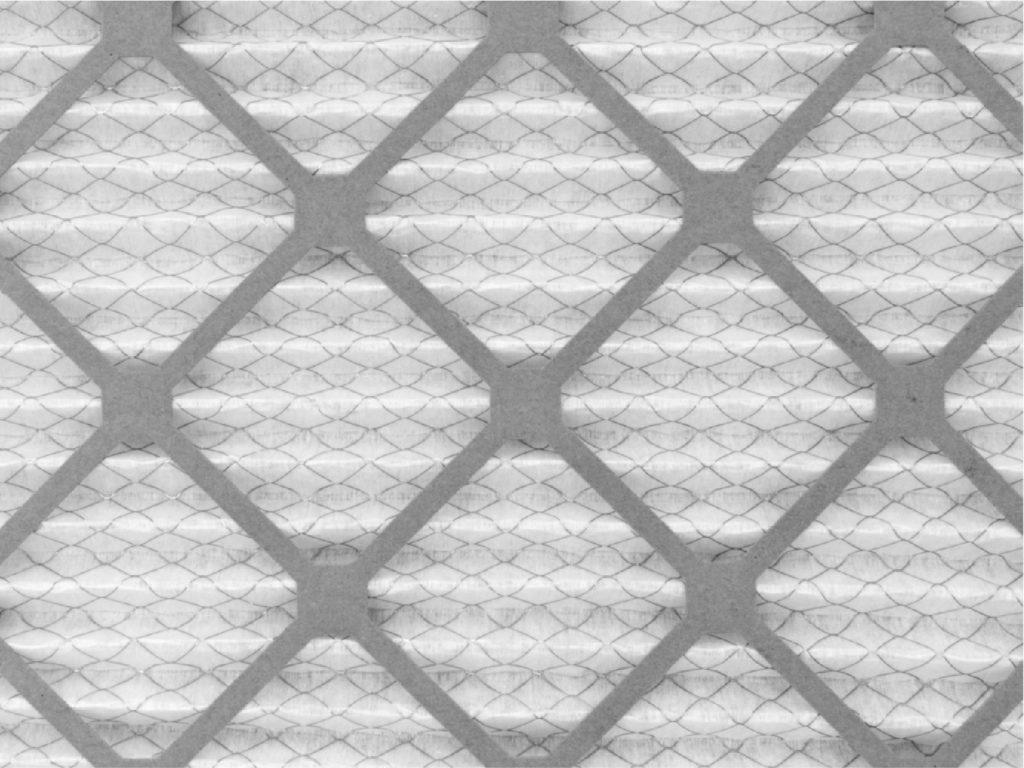Complete Guide to Pleated HVAC Air Filters

While replacing an HVAC filter is a simple task, choosing the right one can cause your head to spin. That’s because stores have dedicated aisles just to air filters that showcase a variety of sizes, efficiency levels, and types – making it challenging to determine which is best for your system.
To make your search easier, it’s helpful to know that pleated filters are one of the most popular air filter options. HVAC.com explores what a pleated air filter is, its pros and cons, costs, and whether they are the right choice for your home.
What Is a Pleated Air Filter?
Pleated filters are a type of air filter designed to trap dirt, dust, and other contaminants, helping to maintain clean air quality while protecting your HVAC system. Pleated air filters are typically made of paper, cotton, or polyester. As their name suggests, they are folded into small pleats to increase their surface area.
Pleated air filters, like fiberglass filters, are among the most common types. They are relatively affordable and efficiently capture a wide range of contaminants due to their pleated design.
Pros of Using Pleated Air Filters
- Increased Surface Area. Because of its pleated design, this filter type has an increased surface area to capture more particulate matter such as dust and allergens. This provides better filtration compared to standard furnace filters.
- Better Filtration than Fiberglass Filters. Pleated air filters typically have a MERV (Minimum Efficiency Reporting Value) of 5-12, while fiberglass filters generally have a MERV rating of 1-4, making them less efficient. MERV measures an air filter’s effectiveness at capturing larger airborne particles between the size of 0.3 and 10 microns. This may include mold spores, pet dander, bacteria, pollen, and dust mites.
- Longer Lifespan. Modern, pleated HVAC filters typically have a lifespan of about 90 days, which is longer than standard fiberglass air filters. This means you’ll save money by not needing to replace your air filters as often. An air filter’s lifespan can vary based on HVAC usage and environmental factors.
Cons of Using Pleated Air Filters
- Higher Cost than Standard Filters. The average cost of a pleated HVAC filter typically ranges from $10 to $30, depending on the size, MERV rating, and brand. While pleated air filters are more expensive than standard filters, they are less costly than larger or high-efficiency options like electrostatic or HEPA filters.
- Increased Airflow Resistance. A pleated filter’s dense structure can increase airflow resistance, which may affect the efficiency of your HVAC system if it’s not properly matched. Most HVAC systems are compatible with filters rated up to MERV 8; higher ratings might be too restrictive, potentially reducing airflow and straining the system, which can decrease its efficiency.
- Maintenance Requirements. Pleated filters need to be replaced less frequently than fiberglass filters but more often than higher-end options like HEPA filters.
Is a Pleated Filter Right for Your Home?
Pleated filters strike a nice balance between improved air filtration and durability compared to standard air filters, making them a good choice for most HVAC systems. They perform well at capturing smaller particles, which is especially helpful if you have allergies or pets.
However, you should also think about things like cost and how the filter might affect your system’s airflow. To find out if a pleated filter is right for you, assess your specific needs and talk with an HVAC professional.